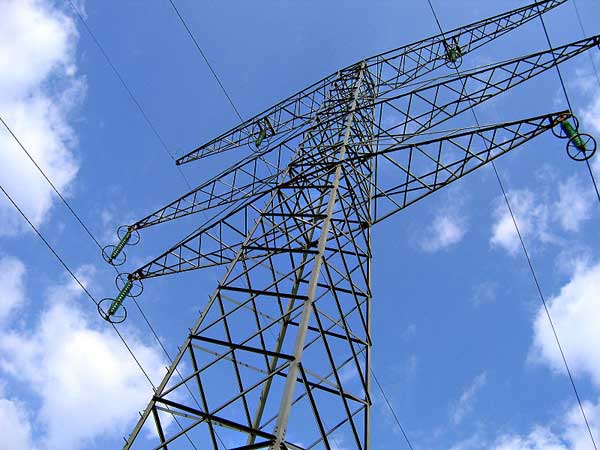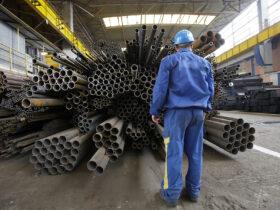In electrical engineering and high-voltage systems, “grading rings” are a fundamental component, often overlooked but playing a crucial role in the safety and efficiency of power distribution.
This comprehensive guide aims to unravel the complexities surrounding grading rings, exploring their purpose, design considerations, and impact on high-voltage applications.
The Essence of Grading Rings
Grading or corona rings are typically metallic and circular devices attached to high-voltage equipment. Their primary function is to evenly distribute the electric field gradient evenly, thereby mitigating the potential for corona discharge, a phenomenon common in high-voltage systems. Corona discharge can lead to energy loss, noise, and equipment damage, making grading rings pivotal in managing these risks.
Understanding Corona Discharge and Its Implications
To appreciate the significance of grading rings, it’s essential to understand corona discharge. This occurs when the electric field strength around a conductor exceeds a critical value, ionizing the surrounding air. This ionization results in a visible glow, energy loss, and the generation of ozone and nitrous oxides, which harm the equipment and the environment.
Design Considerations for Grading Rings
The design of grading rings is a sophisticated process that takes into account several factors:
- Material Selection: Typically made of conductive materials like aluminium or copper, grading rings must possess high conductivity and resistance to weather and environmental conditions.
- Size and Shape: The effectiveness of a grading ring largely depends on its size and shape. A larger diameter ensures a more even electric field distribution, reducing the likelihood of corona discharge.
- Placement and Installation: The positioning of grading rings on equipment is crucial. They are usually installed at points where the electric field is most concentrated, such as sharp edges or curves on a conductor.
Grading Rings in Different High-Voltage Applications
Grading rings find their application in various high-voltage systems, each presenting unique challenges and requirements:
- Power Transformers: In transformers, grading rings control the electric field around bushings, which are the points where the high voltage enters or exits the device.
- Transmission Lines: On high-voltage transmission lines, grading rings help manage the electric field around suspension insulators and connectors, enhancing their lifespan and reliability.
- Electrical Substations: In substations, grading rings are essential for the smooth operation of switchgear and other equipment, safeguarding them from the effects of uneven electric fields.
The Impact of Grading Rings on System Performance and Safety
The incorporation of grading rings in high-voltage systems brings a multitude of benefits:
- Increased Efficiency: By reducing corona discharge, grading rings help minimize energy loss, thus improving the overall efficiency of the power system.
- Enhanced Equipment Lifespan: By mitigating the damaging effects of corona discharge, these rings extend the life of high-voltage equipment.
- Safety and Environmental Considerations: Grading rings play a significant role in ensuring the safety of the operation and reducing the environmental impact of high-voltage systems.
Future Developments and Innovations in Grading Ring Technology
The field of high-voltage engineering is continually evolving, and with it, the technology surrounding grading rings. Future innovations may focus on materials that offer better performance or environmentally friendly alternatives. Integrating intelligent sensors in grading rings for real-time monitoring of electric field distribution is another potential development area.
Conclusion
Grading rings are a small yet integral component of high-voltage systems. Their ability to evenly distribute electric fields and prevent corona discharge is critical in electrical power distribution’s efficiency, reliability, and safety. As technology advances, the evolution of grading rings will continue to bolster their significance in high-voltage applications.











Leave a Reply